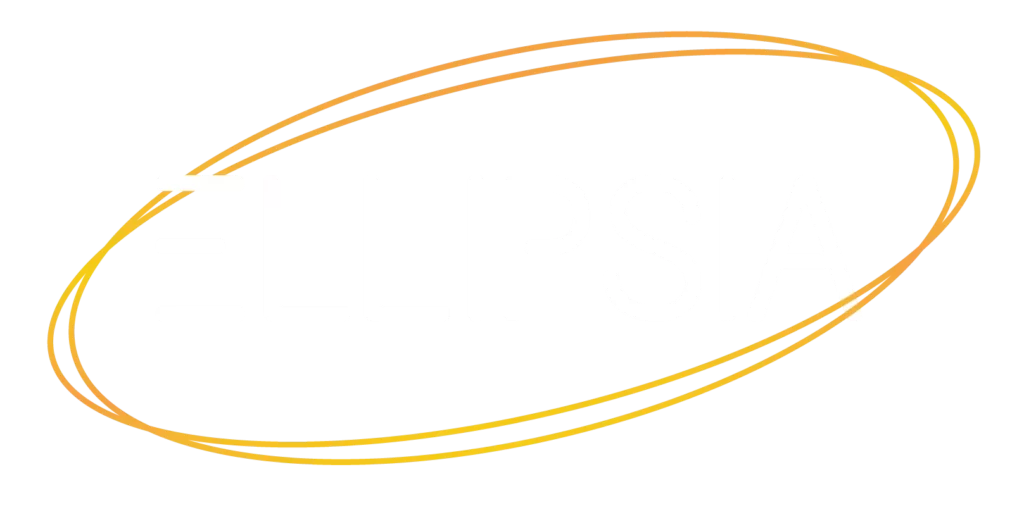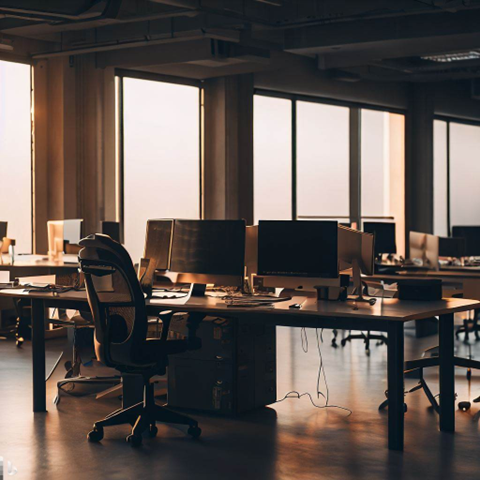Historically, companies had large offices that could accommodate all employees in the same workplace, and allow each person to have a personal desk.
However, with the widespread use of teleworking and “flex office”, company premises have gradually emptied and generally do not exceed 50% occupancy rate on average per week.
In order to optimize this new time spent on site, companies have reduced their office space (enabling savings) and adapted workspaces: individual offices, collaboration spaces, etc.
However, for these shared offices to work, it is imperative to “standardize” work positions as much as possible so that a user can find a comfortable workspace that allows them to sit anywhere in the building without being impacted. Indeed, an employee comes to the office because he can find equipment there that he does not have at home: air conditioning, ergonomic chair, space to receive the public, etc.
A shared office, necessarily standardized, is generally composed of several elements such as:
- One (or more) screen(s) on a stand or arm,
- Accessories: webcam, keyboard and mouse,
- An ergonomic chair,
- Electrical outlets to recharge this equipment,
- A table light,
- Wifi network access ideally (or wired)
If all of these criteria are met, then the user will be able to settle into all of the work positions without feeling any change that could negatively impact their experience.
Standardizing work positions is also a way to improve support processes. Indeed, local support that knows exactly what equipment is installed will be able to resolve an incident more efficiently and will therefore obtain better employee satisfaction.
In conclusion, successful standardization can be measured by the ability of teams to move to the premises without requiring IT teams.
Our feedback from a workspace renovation project
As part of one of our latest missions, we helped our client propose a work position that is easy to learn and adjust in order to have an employee ready to work and comfortably installed in a few seconds.
To facilitate the learning and use of this position, we decided that the user will only connect a single cable. Any other cable, necessary for the proper functioning of the position, is made inaccessible to the user in order to avoid any unnecessary manipulation and limit the unavailability of the equipment.
Indeed, one of the disadvantages of the “flex office” lies in the non-declaration of incidents related to defective equipment. When an employee finds himself in a degraded position, he is more naturally led to change place without declaring an incident.
The technology available to us today has allowed us to implement simple, competitive and effective solutions.
As part of this project, we decided to equip each position with two 24″ screens. A first screen integrating a docking station and a webcam, to which the keyboard, mouse and second screen are connected and which allows the user to connect only one USB-C cable to their laptop, to benefit from all the equipment and to recharge their equipment.
Planning interventions, the main challenge to meet the first users
As part of the complete renovation of a building, IT equipment is the last to be installed. We therefore worked on our schedule to anticipate and prevent possible delays that other trades could encounter in order to be sure to deliver the installed, tested and cleaned equipment before the arrival of the first users. Around 1,250 workstations must be ready on D-Day to receive users.
Faced with this logistical challenge, we mobilised only four technicians for a period of four weeks to deliver the floors already equipped and took the opportunity to train those who became our “team leaders” during the big move weekend. This strategy proved extremely effective, allowing us to quickly train around fifteen technicians in less than an hour. This allowed us to begin the mass installation of all the workstations distributed throughout the building.
Given the tight deadlines to finalise the installation of all the workstations, this approach saved us valuable time. Finally, it allowed us to meet deadlines and be ready for the arrival of employees.
In addition to this deployment, and in order to improve the experience of employees in open-space, we also provided them with new headsets adapted to this type of environment. 1000 headsets were thus provided to employees upon their arrival on site.
To conclude, this feedback shows us that a large-scale deployment of workstations must necessarily be thought through and prepared in advance. Indeed, at the time of the rush, it can be easy to install a few workstations, appropriate organization and supervision are critical to meet the schedule but also (and above all) customer expectations.

